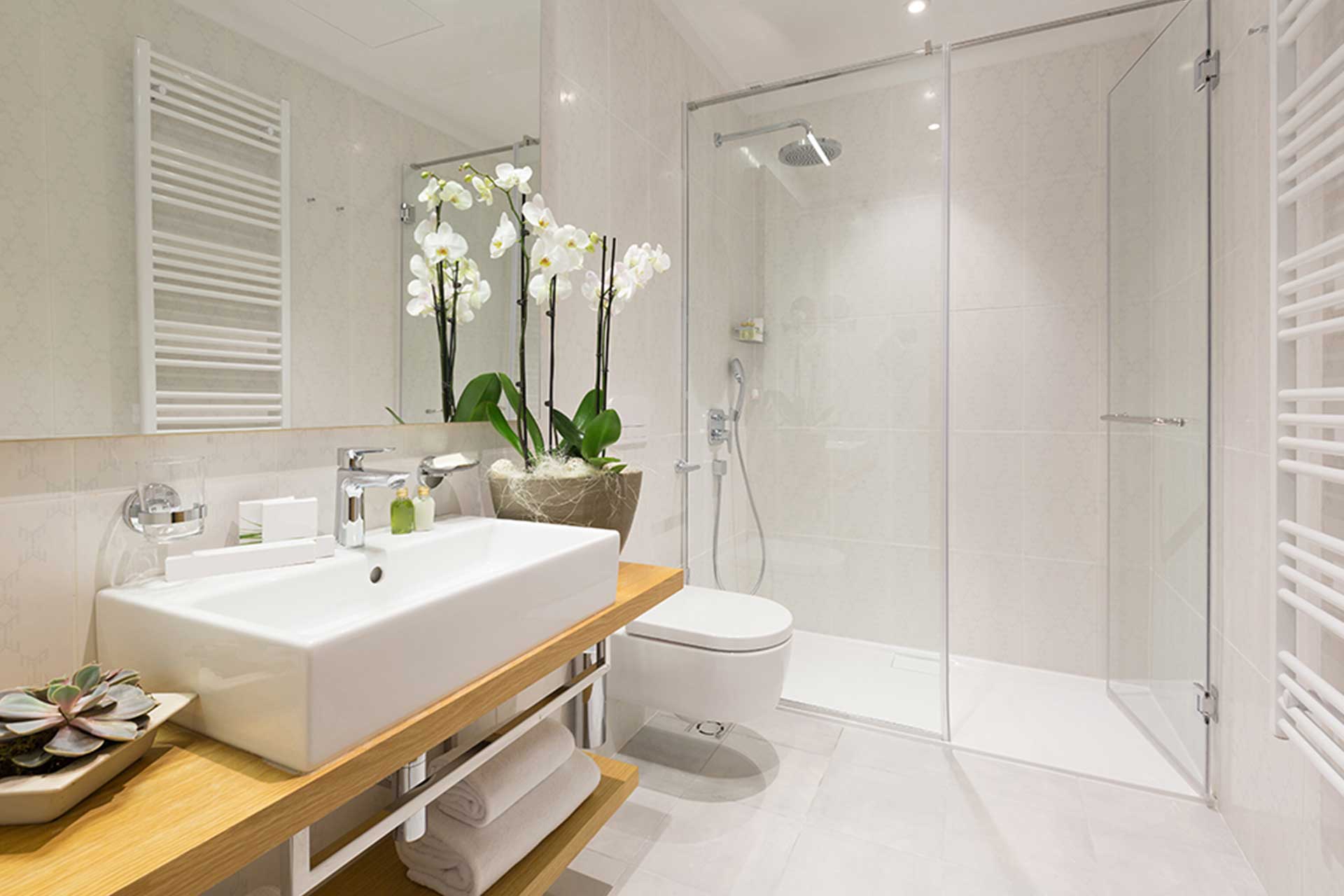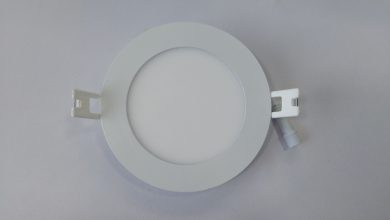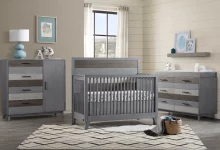Bathroom Tile Replacement: A Complete Guide to Transforming Your Bathroom

Bathroom tile replacement is one of the most effective ways to breathe new life into your bathroom space. Over time, tiles can show signs of wear and tear, such as cracking, discoloration, or accumulated grime that can make your bathroom appear dated or less appealing. Whether you’re updating the look of your bathroom or addressing damage that needs fixing, replacing bathroom tiles is a project that can improve both the aesthetic and functionality of your space. This article will provide a detailed guide on Bathroom tile replacement from preparation to installation and maintenance, to help you achieve a successful renovation.
Why Consider Bathroom Tile Replacement?
Bathroom tile replacement serves several purposes, making it an essential project for homeowners seeking to refresh their bathrooms. Tiles, being exposed to moisture, humidity, and everyday use, can eventually lose their luster. Cracked or chipped tiles are not only unsightly but may also lead to larger issues, such as water damage or mold growth. Outdated or mismatched tiles can make your bathroom feel old-fashioned and reduce its overall appeal. Replacing your tiles offers an opportunity to address these issues while enhancing the visual appeal of your space. Additionally, new tiles can increase the value of your home, making bathroom tile replacement an investment worth considering.
Preparing for Bathroom Tile Replacement
Before diving into the actual replacement process, proper preparation is essential to ensure a smooth and successful renovation. Start by assessing the condition of your bathroom and deciding which areas require tile replacement. Are you replacing all the tiles in the bathroom, or is it a specific area like the shower or floor? Once you’ve identified the areas to be replaced, make a detailed plan for the materials you’ll need, including new tiles, adhesive, grout, spacers, and the necessary tools for demolition and installation. Having a clear understanding of the materials required, as well as the quantities, will prevent any delays during the project.
Additionally, ensure that you have a clean and organized workspace. If you’re replacing floor tiles, make sure to remove any furniture or obstacles from the area. Clear out the bathroom, especially if you’re working with wall tiles, so that you have enough space to work comfortably. Also, protect other areas of your bathroom, like sinks, tubs, and vanities, to avoid any damage during the demolition process.
Choosing the Right Tiles for Your Bathroom
Selecting the appropriate tiles for your bathroom is crucial in achieving the look and functionality you desire. There are various types of bathroom tiles available, each with unique benefits. Ceramic and porcelain tiles are some of the most popular choices for bathroom floors and walls due to their durability, water resistance, and wide range of styles. These tiles come in various colors, sizes, and patterns, offering plenty of design flexibility. If you’re looking for a more luxurious and timeless look, natural stone tiles like marble, granite, and travertine can elevate the aesthetic of your bathroom, although they require more maintenance.
Consider the style and overall theme of your bathroom when selecting tiles. For a modern look, sleek, large-format tiles in neutral tones work well to create a minimalist atmosphere. If you’re aiming for a more rustic or traditional vibe, textured or patterned tiles, such as subway tiles or hexagonal designs, can add charm and character. In addition to aesthetics, consider the practicality of the tiles. For floors, textured tiles or those with a matte finish can provide better traction, especially in wet areas. Think about your personal preferences and how the tiles will complement the rest of your bathroom’s design.
Removing Old Bathroom Tiles
Removing old bathroom tiles is a key step in the tile replacement process. While this may seem like a challenging task, with the right tools and techniques, it can be done effectively. Begin by removing any fixtures, trim, or hardware that may obstruct the tile removal. If you’re working with wall tiles, use a utility knife to cut through the grout around the edges of the tiles. This helps loosen them from the surface and makes it easier to pry them off. A hammer and chisel are commonly used to remove tiles from walls or floors. Start at the edges and gently tap the chisel under the tile to lift it off the surface.
When removing floor tiles, take care not to damage the subfloor beneath. If the adhesive is particularly stubborn, using a heat gun or adhesive remover can help loosen it. Work slowly and methodically to avoid damaging the surrounding tiles or the surface beneath. Once all the tiles are removed, clean up any residual adhesive or grout and prepare the surface for the installation of new tiles. A clean, smooth surface ensures that the new tiles will adhere properly and last longer.
Installing New Bathroom Tiles
Now that the old tiles are removed and the surface is prepared, it’s time to install the new tiles. Begin by applying a layer of thin-set mortar or tile adhesive to the surface using a notched trowel. Spread the mortar evenly and work in small sections, as the adhesive can dry quickly. Once the adhesive is applied, start placing the new tiles, pressing them gently into place. Use tile spacers between each tile to maintain consistent grout lines and ensure uniform spacing.
It’s important to check for alignment as you go along. Use a level to ensure the tiles are straight and evenly placed. For intricate designs, such as mosaics or decorative patterns, dry-lay the tiles first to visualize the final design and make any necessary adjustments before applying adhesive. Once all the tiles are placed, allow the adhesive to set according to the manufacturer’s instructions, usually 24 hours, before moving on to the grouting stage.
Grouting and Sealing the Tiles
After the adhesive has dried, the next step in the bathroom tile replacement process is grouting. Grout fills the gaps between the tiles and helps hold them in place. Using a rubber float, spread grout over the tiles, pressing it into the gaps between them. Be sure to remove any excess grout as you go, using a damp sponge to wipe away the residue. Work in sections, cleaning the grout lines as you go to prevent the grout from hardening on the surface of the tiles.
Once the grout has dried, typically within 24-48 hours, it’s time to apply a grout sealer. Sealing the grout helps protect it from moisture, stains, and mold growth, particularly in wet areas like the shower or tub surround. Apply the sealer according to the manufacturer’s instructions, ensuring even coverage. Sealing grout also helps to maintain the aesthetic appearance of your new tiles and extends the lifespan of your grout.
Maintaining Your New Bathroom Tiles
Maintaining your newly replaced bathroom tiles is essential to keeping them looking fresh and functional for years to come. Regular cleaning helps prevent dirt, soap scum, and grime buildup, which can make tiles look dull and reduce their longevity. Use a mild cleaning solution, such as water and dish soap, and a soft cloth or sponge to wipe down the tiles. Avoid harsh chemicals that can damage the surface of the tiles or grout. For grout, using a mixture of baking soda and water or a specialized grout cleaner can help remove stains and restore its appearance.
Periodically check for any signs of wear or damage, such as loose tiles or cracks. If you notice any issues, address them promptly to prevent further damage. For example, re-grouting or re-sealing the grout every year or two helps maintain its integrity and ensures your tiles continue to perform as they should.
When to Hire a Professional for Bathroom Tile Replacement
While bathroom tile replacement is a manageable project for DIY enthusiasts, there are instances where hiring a professional is a better option. If you’re dealing with complex tile patterns, intricate designs, or large areas, a professional tile installer can ensure that the tiles are placed correctly and that the final result looks polished. Additionally, if you encounter issues with the underlying surface, such as damaged subfloors or walls, a professional can help repair these problems before installation. Hiring a professional can save time and provide peace of mind, ensuring that the job is completed efficiently and to a high standard.
Conclusion
Bathroom tile replacement can completely transform the look and functionality of your bathroom. Whether you’re updating worn tiles or giving your bathroom a fresh new design, replacing old tiles offers numerous benefits, including improved aesthetics, enhanced durability, and increased home value. By following the right preparation, selection, and installation steps, you can achieve a beautiful, long-lasting result. Remember to maintain your new tiles to keep them looking their best for years to come. Whether you’re tackling the project yourself or hiring a professional, bathroom tile replacement is an investment that enhances both the beauty and functionality of your bathroom space.








